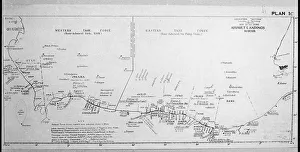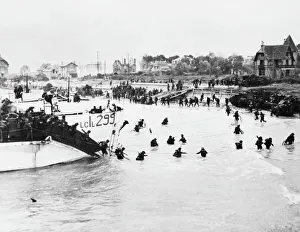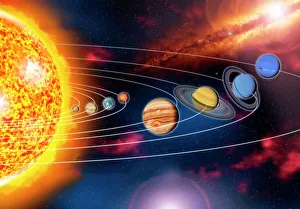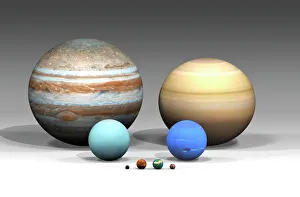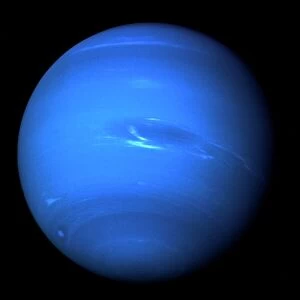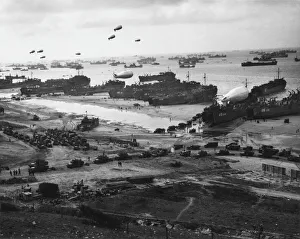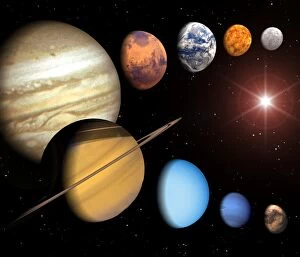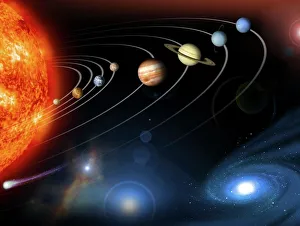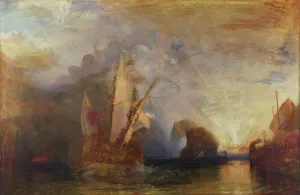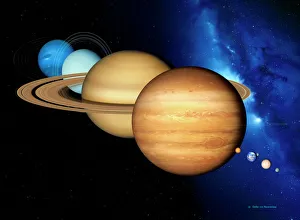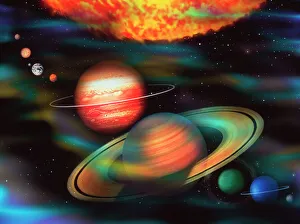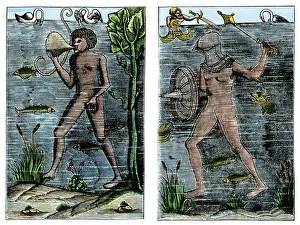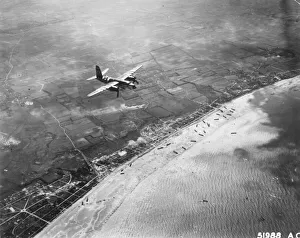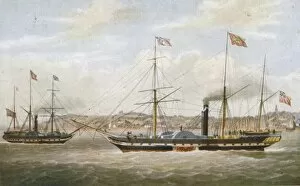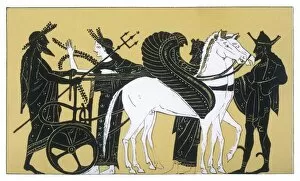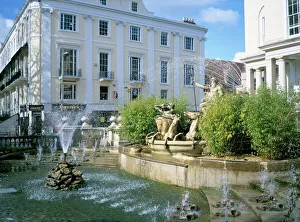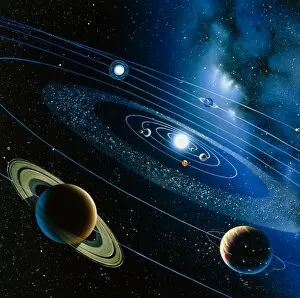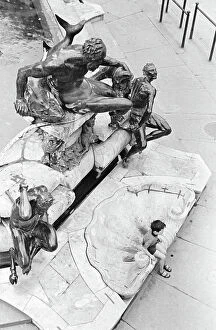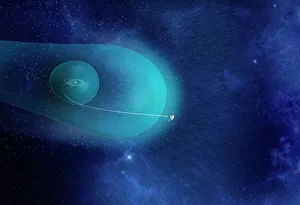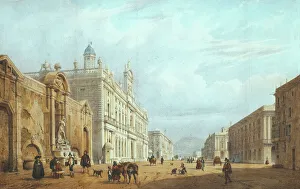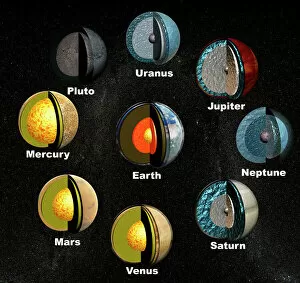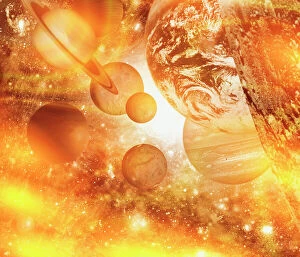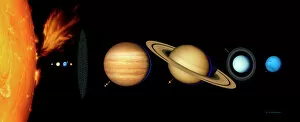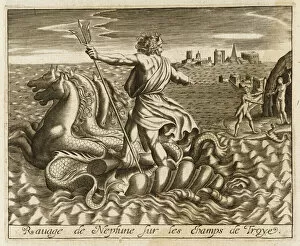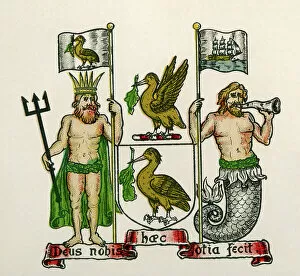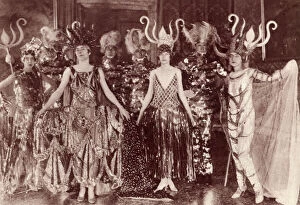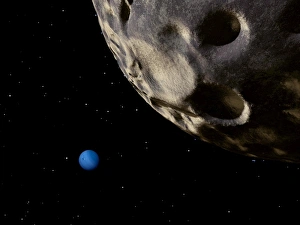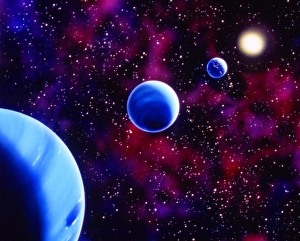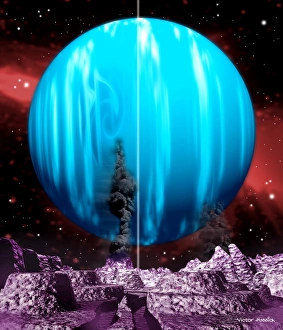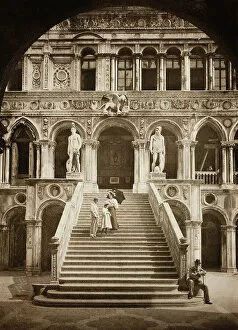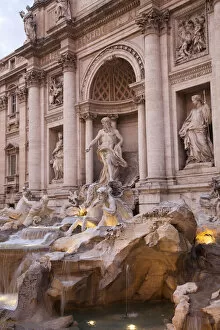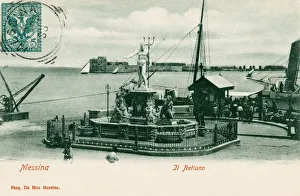Neptune Collection
"Neptune: From D-Day to the Solar System, Unveiling the Mysteries of the Deep" In 1944, amidst the chaos of World War II
All Professionally Made to Order for Quick Shipping
"Neptune: From D-Day to the Solar System, Unveiling the Mysteries of the Deep" In 1944, amidst the chaos of World War II, Neptune played a crucial role as a codename for one of history's most significant military operations. The D-Day map from that fateful year reveals how British and Canadian troops courageously landed on Juno Beach, marking a turning point in the war. As we delve into space exploration, Voyager 2 captured an awe-inspiring image within our vast solar system. The wonders of our solar system have long captivated artists and scientists alike. Through intricate artwork depicting celestial bodies like Neptune and its planetary counterparts, we gain insight into their grandeur and complexity. Just as soldiers stormed Omaha Beach during D-Day's landing in France, supplies pour ashore onto Neptune's mysterious surface. When contemplating the vastness of our universe, it is fascinating to compare sizes among planets within our solar system. Each planet holds its unique allure; however, none can rival Jupiter or Saturn in sheer magnitude. Yet even they pale in comparison to mighty Neptune with its deep blue hues reminiscent of Ulysses Deriding Polyphemus' captivating oil painting from 1829. As we continue exploring beyond Earth's boundaries into the depths of space, we encounter more mysteries surrounding our solar system's enigmatic planets. Among them stands Poseidon himself – known as Neptune in Roman mythology – ruler over oceans and seas. With his trident held high against cosmic tides, he symbolizes both power and mystery. From historical battles fought on Earth to interstellar journeys through space-time dimensions—Neptune remains an emblematic figure bridging these realms together. Its significance stretches far beyond being just another celestial body floating amidst countless others; it represents humanity's unyielding spirit for discovery. So let us marvel at this distant world named after ancient gods while pondering upon its connection to our own history.

